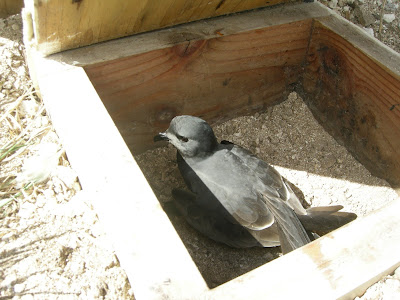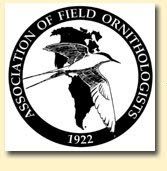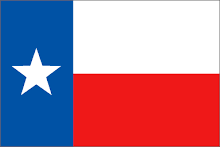Ever dance in the pale moonlight....Remember the Order
Procellariiformes? Albatross, petrels, and shearwaters. The "tube noses." I don't like to use that term within earshot of the birds.
Going down the taxonomical tree we get to Family.
I'm going to type a bit about a member of the Family
Oceanitidae (formerly Hydrobatidae), storm-petrels.
These guys are the smallest of the......shhhh....tubenoses....., with albatross being the largest.
At sea identification is fraught with difficulties due largely to small size and generally similar coloration.
Continuing down the taxa tree to Genus
Oceanodroma. These are entirely dark, with ot without a white rump patch, moderately forked tail and short legs.
Anyways, lets get to the bird.
This is a pair of
Tristram's(formerly Sooty, can still be if you want) Storm-Petrels.
(
Oceanodroma tristrami)
These guys mammalian predator-free islands or atleast those with areas inaccessable to predators. In NW Islands of Hawai'i they nest on cliffs of rocky volcanic islands and on flat and raised sandy atolls.(Like Tern I.)
These guys are nocturnal burrow-nesters. Their burrows are smaller that Wedge-tailed Shearwaters(
Puffinus pacificus), another noctural burrow nesting bird. Tristram's(TRSP) are much smaller birds. TRSP's burrows are generally at an adult human's arm's length.
At the end is a nest chamber, where substrate such as feathers, grass, ironwood tree needles are used for the actual nest bowl.
Very little is known about TRSP's due to these key factors:
-They are nocturnal during breeding season.
-Their burrows create a
very fragile landscape for a biologist to tred upon. Very easily caved in.
-If disturbed too often, the TRSP is a species that will abandon a nest. It has a high rate of nest abandonment during incubation period.
TRSP's are listed at "near threatened" by Birdlife International.
Nest boxes are probably the best way to go to study TRSP's.
 TRSP in a nest box. The lid of the nesting chamber is open. * This guy is just checking things out. This pic was back in Octoboer. No nesting material here. This species checks out the housing market then goes back out to sea for up to a month.
TRSP in a nest box. The lid of the nesting chamber is open. * This guy is just checking things out. This pic was back in Octoboer. No nesting material here. This species checks out the housing market then goes back out to sea for up to a month.
This species has a very limited range. It winters in the NW Islands of Hawai'i, and spends spring and summer on some Japanese Islands.
Little is known of post breeding dispersal, but range is fairly limited and thought only to disperse to adjacent seas.
From Japan to the remote islands and atolls. Great bird.
When we go out to spotlight for these birds, every fourth night, they generally flush into the air from a position at the entrance of their burrows. Fast, rapid wingbeats in a pendulum-type flight. At night, with the flashlight on it, blur of wings almost moth-like.
These guys hover above the surface of the ocean to feed. Their feet often touch, but do not break the surface of the water. The appearance of petrels "walking on water" while feed is responsible for the name "petrel," which refers to Saint "Peter" or "Pedro", who, in a biblical story walked on water.
The more specific English name "Storm-Petrel"(CA. 1833) or even older "stormy-petrel"(~1776) may have been named for the habit of the bird hiding during storms in lee of ships where calmer water is found(Ainley, 1984).
The genus Oceanodroma is Greek for "ocean runner."
So, nocturnally active on breeding grounds. Mysterious, as not alot of has been done or even able to have been done.
It seems that true seabirds are one of the gaping holes of knowledge and study in Ornithology.
Not entirely surprising. There is alot of water on this blue planet. One only needs to take the headphones off, look away from the inflight movies and take a peak out the window on their flight to Honolulu.
Homo sapien can not dominate everything. Although many of us like to surround ourselves with false reminders that we can and we will.
It just is not the case. A little bird told me.
Good morning from the middle of the Pacific.
Oh, and the state of HI does not do the time change thing, just fyi.
aloha and dona nobis pacem,
mwyork
________________________________________
Ainley, D. G. 1984. Storm-Petrels. pp. 58-63, Seabirds of Eastern North Pacific and Arctic waters (D. Haley, ed.). Pacific Search Press, Seattle, WA.









